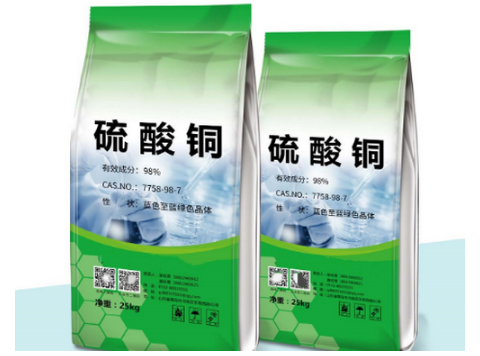Qingdao Open Sesame Mining Co., LTD. 鲁ICP备16027444号-1 Powered by:www.zl77.cn
 鲁公网安备 37020202001692号
鲁公网安备 37020202001692号

Xanthogenate, commonly known as Xanthate (ROCSSNa), was invented by Keller in the 1920s. The invention of xanthate has played a role in promoting the advancement of mineral processing technology. All kinds of xanthate can be used as collectors for froth flotation, and the amount used in this field is large. Ethyl sodium xanthate and ethyl potassium xanthate can also be used as hydrometallurgical precipitants, pharmaceutical intermediates, and drying of crops in agriculture. Spraying at an appropriate period before the grain is harvested can quickly reduce the hulls. The moisture content is convenient for threshing. Sodium isopropyl xanthate, isopropyl zinc xanthate and n-butyl zinc xanthate can be used as rubber vulcanizing CJ agents, mostly used in latex rubber materials and low-temperature vulcanized mortars, and its HX is higher than ammonium dithiocarbamate, The outstanding feature is that early vulcanization does not occur when there is ammonia in the latex. As we all know, the short carbon chain xanthate has a weaker harvesting capacity and stronger selectivity. As the number of carbon atoms in the molecule increases, the harvesting power gradually increases and the selectivity gradually weakens. Therefore, ethyl xanthate is usually used in the preferential flotation of easy-floating sulfide ore; the combined use of ethyl xanthate and butyl (or isobutyl) xanthate is usually used in the flotation of polymetallic sulfide ore; The recovery rate of metals sometimes requires the addition of pentyl (or isopentyl) xanthate or hexyl xanthate.
All varieties of xanthate should not be used under strong acid conditions, otherwise it will cause xanthate FJ, which will not only greatly reduce the content of its YX components, but also deteriorate the on-site environment and cause danger.